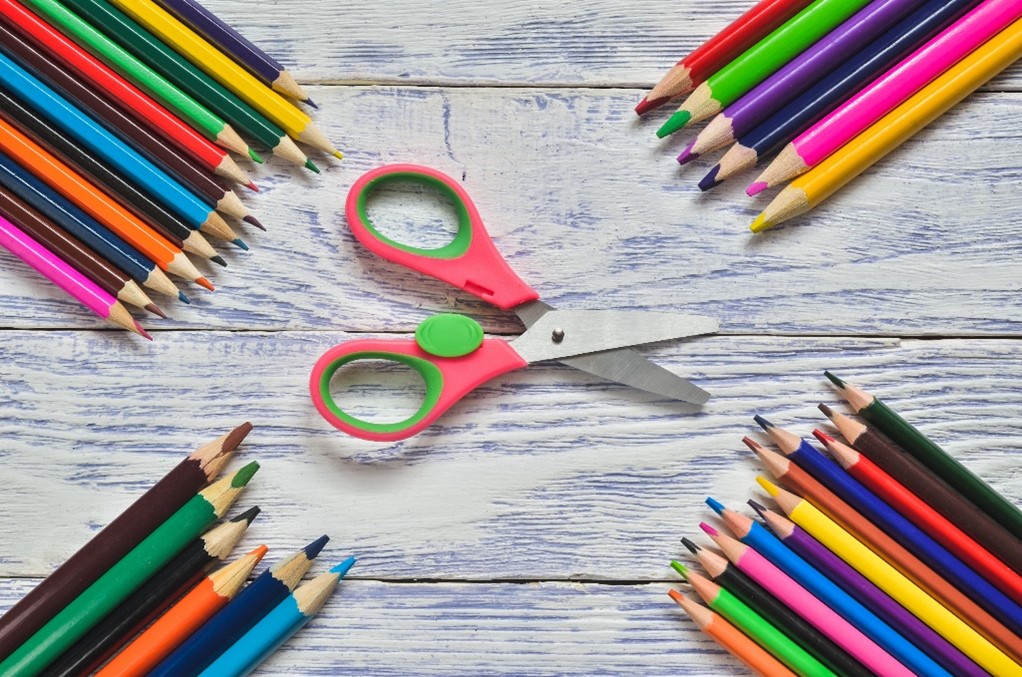Nina Pitton is an educator and business owner with over 25 years of experience as a reading specialist, special education teacher, administrator, college adjunct and tutor. In the following article, Nina explains differentiated learning, the benefits, and the various methods to utilize this type of learning in schools.
Differentiated learning is the new teaching topic sweeping the nation thanks to the growing awareness of differences in children’s learning capabilities and needs within the classroom. But many people might ask, what is it and why do we need it in our children’s classrooms?
Nina Pitton explains that differentiated learning is a technique of instruction that focuses on meeting the needs of students on an individual basis for the purpose of education. This is in the place of attempting to instruct and educate on a general, one-size-fits-all basis and model. According to
Oak Crest Academy, for example, students under this technique’s reading skills vastly improved.
Below, Nina Pitton reviews how employing this learning technique in the classroom will positively impact the next generation of students.
Differentiated Learning Explained
Nina Pitton says that differentiated learning can be described as a teaching technique that stems from the awareness that all children should not and cannot be taught at the same pace if the most is to be achieved in their educational journey. Many parents and even teachers in the education system can mistakenly fall into comparing one child’s ability to learn to another’s.
In reality, however, every child learns at a different pace, and some may respond to certain learning exercises more quickly than others because of these differences.
Differentiated learning is built around meeting an individual child’s specific needs. These needs are often based in interests, knowledge that their experiences may already provide, the style in which they learn, and their overall understanding of any given subject.
Teachers who employ differentiated learning models can appreciate a learning speed that is steady, consistent, and rewarding for both the teacher and student involved according to Nina Pitton.
Benefits of Differentiated Learning
Below, Nina looks at some of the most prominent benefits of using the
differentiated learning models in instruction of students:
- A student is challenged at exactly the right level – We’ve all heard of the fairy tale involving Goldilocks and finding porridge that is “just right.” With this type of focused learning, a child is treated to a learning experience that neither burns them out nor bores them, challenging them at the precise level needed.
- Students are treated equally – Students working in another form of learning may feel inadequate when the majority of their classmates pick up on a subject they may struggle with. However, with this individualized learning model, students can feel comfortable with their own speed of comprehension and understanding pace.
- Students learn comfortably – Nina Pitton explains that comfort is a huge factor in the success of the differentiated learning model. A student can learn more productively when they are able to work alone if they don’t focus well during group projects. The reverse is also true: a student who does work well in groups is given that opportunity in this model.
Different Methods of Learning
Nina Pitton reviews below some of the different methods involved in differentiated learning for an even greater grasp of the model.
- Process
- Content
- Learning Environment
- Product

 The Process
The Process
The term process refers to how to give instruction to students in the differentiated learning model. Before beginning the learning procedure, each student is evaluated for the best style.
During the process of differentiated learning, Nina Pitton reports that students will not only be assessed once or even periodically, but near-constantly to make sure the teachers are up to date on what each student’s prime learning environment is as they grow.
Content
Content simply refers to the actual course. Differentiation in the course can occur by understanding that all students in the same grade may not have the same grasp of any given subject. Some may already know what the subject entails, while others have no prior knowledge.
Content is separated into audio or visual presentations in terms of instructional materials depending on which student learns best with which type of learning material.
Learning Environment
The importance of a comfortable learning environment is undervalued when the differentiated learning model is not in place. Nina Pitton reports that some students need background noise in order to focus, while others are used to silence in a learning environment.
In this individualized model, even the lighting and placing of other students is taken into consideration for the optimal learning environment.
Products
Finally, products refer to the way a teacher assesses how well students are understanding material during distinguished learning. These can include test, but also reports, essays, or verbal assessments.
Again, instead of subjecting the entire class to one form of product assessment, individualized learning promotes using the differences in learning styles to work for students and teachers, not against them.
In Conclusion
To conclude, Nina Pitton explains that differentiated learning is a model that has gained popularity because students are all acknowledged to learn in different styles and at different paces. When adopting this model, productivity and peace is increased in the classroom, as well as affirmation of success for both teachers and students.

 The Process
The Process